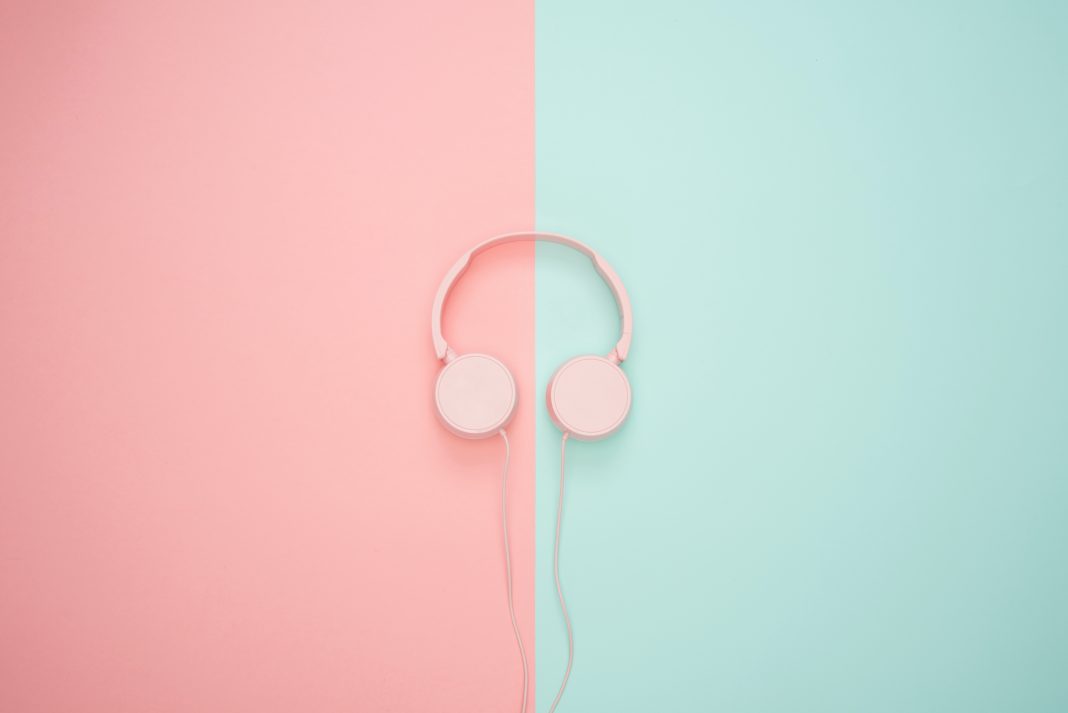Immersive audio technology creates a three-dimensional sound experience, enhancing the overall audio environment in an office. Could it help RTO rates?
This article was originally published by Allwork.Space.
In the bustling realm of the modern workplace, a symphony of sounds orchestrates the daily routine. The melodic clatter of keyboards being tapped in harmony, the rhythmic hum of printers churning out their masterpieces, and the lively chatter of colleagues engaged in animated conversations create a vibrant tapestry of workplace noise. But this noise can be extremely distracting — hindering concentration and productivity.
That often-distracting noise has long been a complaint of office workers, and worker expectations post pandemic have shifted even more toward finding an environment that feels more like home.
The evolving workplace is beginning to include some more well-being and comfort aspects; biophilia is taking off in popularity, couches and lounges are being implemented into many workspaces, and noise reduction or immersive audio experiences are being employed.
Immersive audio is an ever-evolving technology that creates a three-dimensional sound experience, enhancing the overall audio environment. It can involve techniques such as surround sound, spatial audio, and binaural recording/playback. In the workplace, immersive audio aims to provide a more realistic and engaging auditory experience for employees, whether it’s for communication, presentations, or entertainment purposes.
Immersive audio can help reduce stress, increase employee satisfaction, and reduce burnout by creating a more enjoyable and comfortable work atmosphere.
Immersive audio can be used within the workplace to increase wellness and productivity in several ways:
- Ambient soundscapes: By incorporating soothing nature sounds or calming music, immersive audio can create a more relaxing and stress-free environment, which can contribute to increased wellness and improved focus.
- Productivity-enhancing soundtracks: Certain types of music, such as classical or instrumental tracks, have been shown to improve concentration and cognitive performance. Immersive audio can provide a surround sound experience, further enhancing the impact of these productivity-enhancing soundtracks.
- Virtual reality (VR) training: Immersive audio can be combined with VR technology to create realistic simulations for training purposes. This can be particularly useful in industries where hands-on training is required, such as healthcare or manufacturing. The realistic audio cues provided by immersive audio can enhance the training experience and improve learning outcomes.
- Collaborative workspaces: Immersive audio can be utilized in open office spaces or collaborative work environments to create acoustic zones. By using directional audio technology, individuals can have focused audio experiences without disturbing others nearby. This helps to minimize distractions and improve productivity.
- Wellness programs and relaxation spaces: Immersive audio can be integrated into wellness programs and relaxation spaces within the workplace. By providing guided meditation sessions or relaxation exercises with immersive audio, employees can take short breaks to reduce stress, increase mindfulness, and improve overall well-being.
Recently, Allwork.Space visited the Spatial Inc. headquarters in Scottsdale, Arizona. The immersive audio company aims to make spaces — like the office — more attuned with well-being, productivity, and nature.
“We’re rethinking office spaces — like how is wellness impacting people’s desire to return, and how do we create environments that drive people to want to collaborate? We’re just seeing a lot of opportunity to provide that human-centered focus on what sound can actually deliver. The workplace is so unique for everybody,” Koryn Belfonti, Spatial’s Director of Experiential Marketing and Events told Allwork.Space.
Spatial Inc. wants to enhance workplace audio experiences by creating a three-dimensional sound environment, allowing users to perceive sounds coming from different directions and distances. These sounds can include randomized bird or animal noises, rain/thunder or water noises, medication guides, music instrumentals, and much more.
“The typical scenario for the open office is where people have a lot of background noise, and most of it is annoying. We kind of think of this more as ‘masking’ those background noises and just giving you something more pleasant to work in in that environment,” Spatial Co-Founder and CEO Calin Pacurariu told Allwork.Space.
“Relying solely on visuals isn’t encapsulating enough; multi-sensory environments thrive when both sound and sight are utilized, creating a space that refines a guest’s experience,” the company says.
The future of how we get work done is constantly evolving — and for the better, in almost all cases. The pandemic has rewired how society collectively thought about work, and it realized as a whole that human wellness needs to take up more importance. The right working environment can make all the difference. If you want to imagine you’re in a jungle amongst the critters somewhere in Costa Rica while you’re working, that is now far easier with the help of biophilic elements, lighting, and immersive audios.


